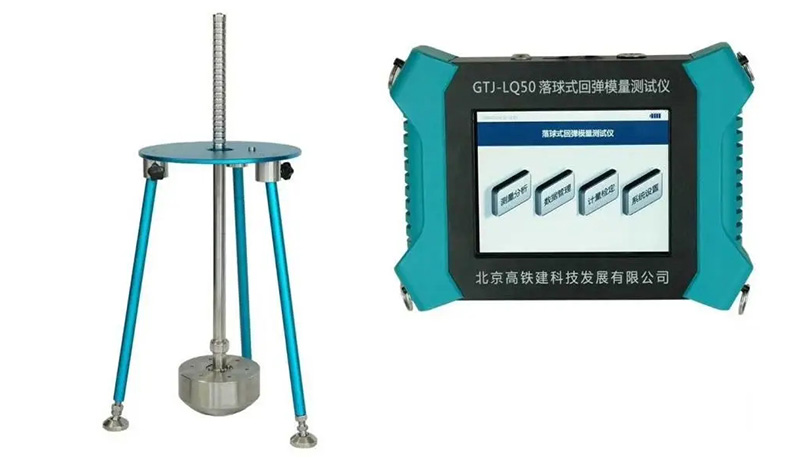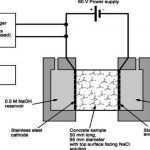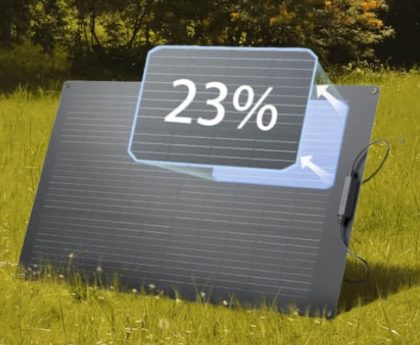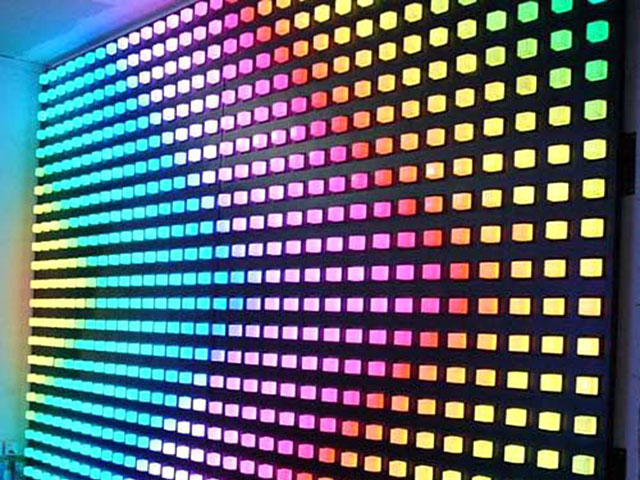The digital rebound hammer is mostly used in structural engineering to test the compressive strength of normal concrete without breaking it.
Basic Principles of Hammers
The heavy hammer is moved by a spring in the hammer. The heavy hammer hits the striker bar, which is in vertical contact with the concrete surface, with constant kinetic energy. The local concrete deforms and absorbs some of the energy, and the other part of the energy is turned into the rebound kinetic energy of the heavy hammer.
When all of the kinetic energy is turned into potential energy, the weight bounces the farthest it can. The instrument shows the maximum distance the weight can bounce, which is called the “rebound value” (the ratio of the maximum rebound distance to the initial length of the spring).
How to adjust the actual strength value of the steel bar measured by the rebound tester?
In practice, if the rebound method is utilized, the anticipated strength of the concrete in the measurement region will be much lower than its real strength. High fluidity, small coarse aggregate particle size, higher sand rate, thicker mortar layer, and low surface hardness characterize pumped concrete. The rebound value is affected by the steel bar’s diameter, density, and concrete’s protective layer thickness. Research demonstrates that protective layers thicker than 20 mm are ineffective. If there isn’t a precise influence coefficient, drawings or a rebar protective layer measuring tool can be used to estimate where a larger steel bar is in the protective layer. This way, it can be avoided during testing.
When utilizing the rebound method to measure concrete strength, pay attention to how the construction unit pours the concrete. Stratification and bleeding of concrete create more stones in general, and a high rebound value. The surface layer is loose and has a low rebound value due to bleeding. The specimen’s surface is 5-10% lower than the two sides of the springback value, while the bottom is 10–20% higher.
When the rebound tester is in a non-horizontal direction and the test surface is non-concrete, it must be rectified according to the non-horizontal rebound value, and then the springback value of different pouring surfaces must be corrected according to the angle-corrected rebound value. It’s fixed. This correction cannot be reversed, nor can the corrected value be added or subtracted from the original. Inaccurate calculations will impair concrete strength estimation.
When the test is abnormal, drill cores. Modern engineering uses huge plywood formwork. This formwork is airtight, so gas saturation from the vibrating process builds in the concrete. Between the surface and the big formwork, it’s hard to drain, so when the formwork is taken off, there are a lot of tiny holes on the surface of the concrete.
If concrete curing can’t keep up, the concrete surface won’t be able to carry out the hydration process, resulting in carbonization and low surface strength. The same conditions can be employed or a concrete core sample can be drilled for rectification. Six test pieces or drill core samples are required. When drilling core samples from each component, the conversion value of concrete and strength in the measuring region should be multiplied for rectification.
How to solve the low rebound value of the hammer?
Most of the time, the following things cause the hammer to have a low rebound value:
1) If the spring on the part of the hammer that hits the object is too short, the impact force, the impact energy, and the hammer’s rebound energy will all be smaller. This will cause the rebound value to be low. Method of maintenance: Make sure the fixed position of the snapping tension spring on the spring seat is within the range given.
2) This will also happen because the pointer slider on the hammer has a high force of static friction. The specific way to do maintenance is to tighten the connection between the pointer slider’s spring coil and the pointer shaft so that the maximum static friction force is within the standard range for the equipment.
3) There is dirt on the impact surface of the percussion hammer and the percussion rod. This increases the friction force and causes some energy to be lost, so the rebound value is low. Now, the dirt needs to be cleaned off.
4) The friction between the hammer and the center guide rod gets worse, energy is lost during the bombardment process, and the rebound value is low. Lubricating oil needs to be put on the center guide rod.
5) Both the rebound position and the launch position of the percussion hammer are low. This makes the rebound value low. Method for maintenance: Screw in the screws on the tail cover and check the position of the 100 percussion hammer so that it can be taken off.



